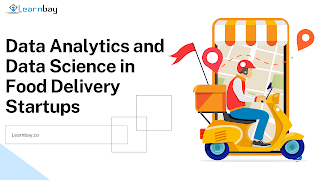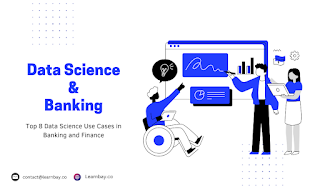Data Exploration in 2022: A Complete Beginner's Guide
Introduction
There are no fast cuts or easy ways to master the art of data exploration. When it becomes challenging to increase a model's accuracy, having a working knowledge of numerous data exploration approaches will come in handy. Data exploration has gained a lot of attention in the machine-learning community. It may still be developing, but finding links, patterns, or algorithms in a given collection of data is feasible by using machine learning and comprehending common patterns is feasible.
The use of machine learning is essential because it decreases the amount of physical labor and time required for data exploration and the potential for errors that could arise when using manual inspection, trial and error, or other conventional exploration techniques.
Data Exploration: What It Is
A process called data exploration is quite similar to the first data analysis. Instead of employing data management tools, a data analyst uses visual exploration to comprehend a dataset's contents and attributes. These characteristics might include the volume, correctness, and potential connections between various data components, files, or tables.
Data exploration techniques can be both manual (drilling down or filtering data to understand comparable patterns in data) and automated (data profiling or visualization). For detailed information, refer to the trending data science training in Bangalore.
In essence, data exploration involves pruning data to get rid of useless information and spot potential connections between various data sets.
Data Exploration Techniques
Data exploration can be done using a variety of methods and methodologies. Among them are:
Use of categorical columns' unique value counts.
To determine how frequently a column of specific values occurs. This will provide information on the subject matter of category variables.
The data values' minimum, maximum, and variance give a good indication of the range of values when assessing numerical quantities.
The Pareto analysis is useful for investigating data as well.
Information on a range of values falling in the majority sector can be obtained using a histogram. It highlights any skew in the data and also displays its maximum and minimum values.
An excellent technique to comprehend the connections between different forms of data is to create a correlation heat map between all numeric columns.
The Pearson correlation approach is utilized to comprehend the trend between two numeric columns.
The Cramer V data exploration method, which correlates all categorical columns, is another efficient method.
When analyzing large volumes of data, cluster size analysis is frequently used to divide the data into separate groups or clusters.
In Data Analytics, Why Is Data Exploration Important?
Data scientists and analysts find it difficult to assign value to thousands of rows and columns of data and communicate that information without any visual components since humans measure visual data more accurately than mathematical data.
Data visualization for data exploration uses well-known visual cues like shapes, dimensions, colors, lines, and angles to help data analysts visualize and classify the metadata before doing data exploration. Data analysts are empowered to understand and discern differences and potential links that could have gone unnoticed otherwise, acting out the underlying advancement of data exploration.
Conclusion
Data exploration may require some effort in the end. Large data sets may need to be recognized and sorted using various methods. It could take some time and effort to comprehend and use these approaches. But it distinguishes between good and terrible models.
Understanding and having a full picture of the data are crucial in a world where data is frequently accumulated in massive, unstructured volumes from sources worldwide. Such a thorough viewpoint is required to use the data gathered for additional analysis. If you want to learn more about data exploration and other data science techniques, sign up for the data science course in Bangalore, co-developed by IBM. This training course offers practical hands-on training as per the latest industry demands.




Comments
Post a Comment